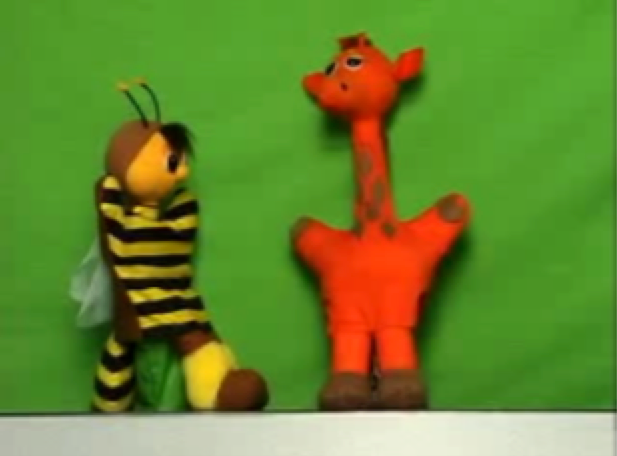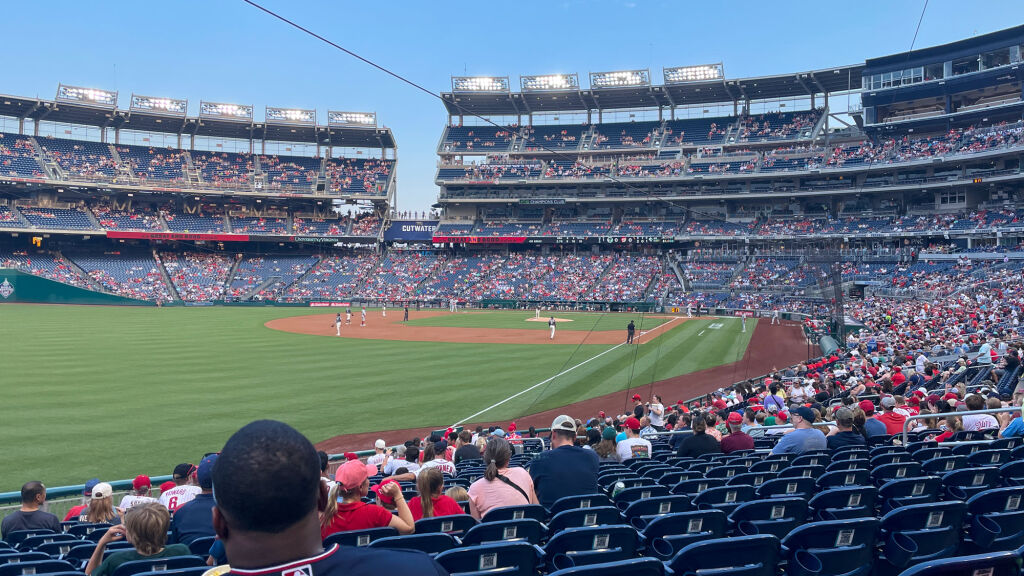New Experiments on Language Learning: Q&A with Elissa Newport
Linguists know a lot about how we learn languages, but even after decades of research many questions linger. Are there universal rules for grammar that apply across different languages? How do children learn the rules of their first language — or do they create them? And why do so many people find it difficult to learn a language as an adult? The Learning and Development Lab at Georgetown University, led by Dr. Elissa Newport, is tackling some of these questions with a series of experiments involving kids and adults alike.
Q: What is your lab working on right now?
A: Part of my lab works on basic language acquisition and kids. In that line of work, we make little miniature artificial languages. The languages are all meant to be like real languages only they’re tiny, so you can acquire them quickly. We expose kids in daycare centers and summer camps around DC to these languages, and the exposure varies from twenty minutes to several sessions over multiple days. Then at the end the kids speak the language, or they complete sentences that we give them as test materials, and we can take a look at the process of how kids learn languages.
We sometimes make languages that are not like real languages to see what would happen if they were exposed to a language that violated some universal language principles. None of the languages are like English — they all have nonsense words and they all have structures that are made to be quite different from the children’s native language. In that way, it’s not just transferring what they already know; it’s really learning a new language.
Q: How do you go about constructing those languages?
A: We know a lot from the literature about the patterns that you see in natural languages (as opposed to lab-developed, constructed languages), and we are generally interested in how the process of learning a language by children may actually bring about some of the structural principles that you see running across languages of the world. So we sometimes make languages, like I said, that violate those principles — and kids restore them. Or we make languages that are inconsistent, that don’t have a good, regular process that goes one way or another, and kids introduce some rules that weren’t there in the input that they receive. We purposefully play with things we know languages do or things that languages don’t usually do.
We also run adult participants, who don’t do most of the things during learning that the kids do. There are very, very big differences in how young children learn and how adults learn, even in our lab experiments.
Q: So what do adults do differently?
A: Adults generally acquire what you give them and reproduce that. If we make languages that are inconsistent and don’t have strong structural principles, adults do what’s called probability matching: they’ll reproduce the variation that’s in the input that we give them. Meanwhile, kids change languages and make them more regular, make them more like patterns that you see in natural languages.
Q: What variables do you manipulate to make these languages?
A: We might make a language that has a different word order than English. We will often use languages that are Verb-Subject-Object languages, which have determiners (little words like “the”) that come after the nouns. To make a language inconsistent, we might vary whether the word that comes after the noun is “ka” or “po.” So, in one of our experiments, the nouns are followed by “ka” 67% of the time and “po” 33% of the time, and the occurrence of each of these is random. Every noun gets this random distribution of “ka” and “po,” every position in the sentence gets this distribution — languages never do this. It’s unpredictable variation; it’s totally probabilistic.
What kids do when you expose them to a language like that is they will produce a language that has some regularity introduced. So most of the kids will use “ka” all the time and never use “po” if the input has 67% “ka” and 33% “po.” But some kids will do something different, like they’ll use “ka” with all the subject nouns and “po” with all the object nouns. Or they’ll divide the nouns up, and for some of them they’ll use “ka” all the time and for some of them they’ll use “po” all the time. One way or another, kids introduce consistency in this very inconsistent language.
Adults who are exposed to exactly the same input will reproduce 67/33 almost perfectly. So they do learn what they’re given, and they don’t make it regular.

Screenshot of film shown to language-learning participants.
Q: Who are your participants?
A: We found that kids who are younger than five can’t generally make it through this kind of experiment. What you have to do in these experiments is learn at least the vocabulary, a very small number of nonsense words, and three- and four-year-olds generally can’t make it all the way through one of these experiments. So five- and six-year-olds are the youngest kids we can get, though we’re looking to go as young as possible. In some of our experiments, kids who are seven, eight, and nine start to look a little bit more like adults, so we generally try to focus on kids who are five or six.
Q: Do you get any kids who are bilingual? Does that affect your findings?
A: We do. I used to be at the University of Rochester in Rochester, New York, and there were not as many kids who were bilingual as there are here in DC. We used to eliminate everybody who was bilingual and just focus on monolingual kids because we don’t know what the other characteristics of the other languages might do to the way they learn our languages. But here that’s pretty hard to do. So mostly we just make sure that they’re native speakers of English, and then if they also have other languages that’s OK. We actually haven’t really analyzed that variable, but it looks like if they’re young enough and they’re a native speaker of English, they look pretty much the same.
Q: From what you have found so far, why do you think it’s harder for adults to learn languages?
A: There are two main hypotheses in the literature. One of them is that there are special mechanisms that we have in the brain that are specifically for learning languages, and they don’t work as well when we get older. They undergo maturational changes and they’re at their prime when you’re a little kid, and when you’re older they’re kind of squeaky. They store the information less reliably and they reproduce the structures in a different way. That’s one hypothesis.
Another hypothesis that I have suggested is what I call the “less is more” hypothesis, which is that, for certain kinds of learning, it’s actually better to be more cognitively limited and you will do better if you are not so capable. Of course as we get older, as we become adults, we are more capable of pulling more information out of the speech stream that we get exposed to and remembering it more precisely. Languages are complicated and it’s not always obvious what their regular properties are, so if you’re really, really good at remembering too much, you’re going to get a lot of noise along with the regular properties. It might be advantageous, on this view, to not be so great at remembering everything, to remember especially the things that are most consistent and not to be so great at storing the things that are very inconsistent and rare.
Q: Do you think there’s a technique that would help adult language learners?
A: We’ve tried some. We’ve done a number of studies trying to make adults less capable to see if they could do better. There’s a little bit of evidence for that. One of my grad students is now running an experiment where she’s giving adults a very short deadline to respond. They have to respond really quickly before they can really stop and think about it, and they do a little bit more like kids. But it’s hard to turn back the clock and cognitively be like young children.
Dr. Elissa Newport is a professor at Georgetown University, director of the University’s Center for Brain Plasticity and Recovery, and head of the Learning and Development Lab in the Department of Neurology.



